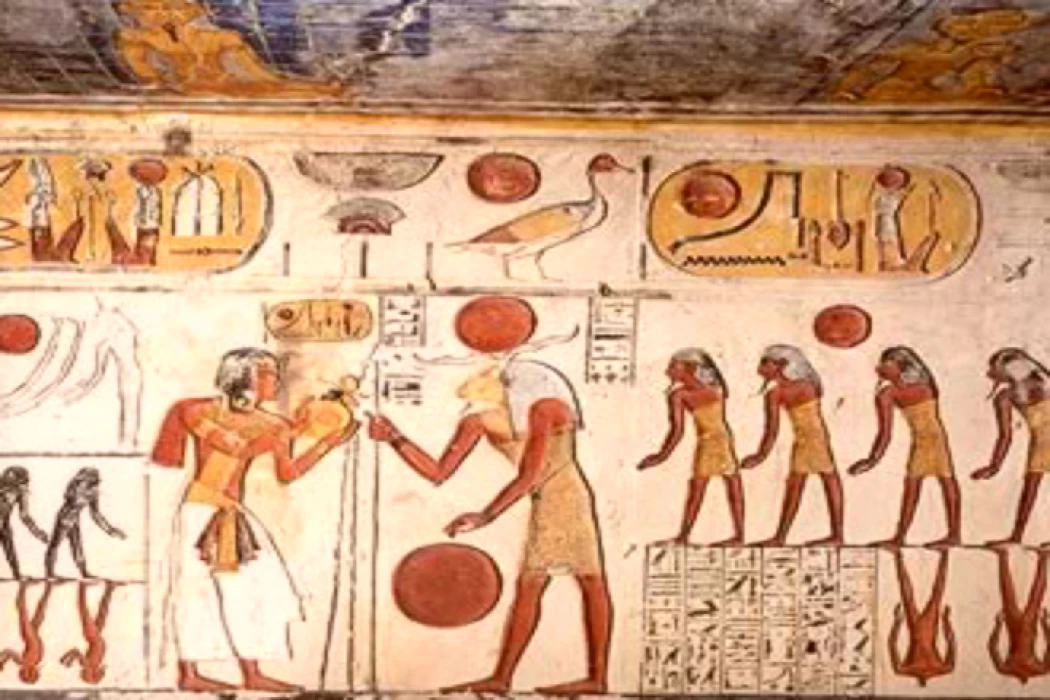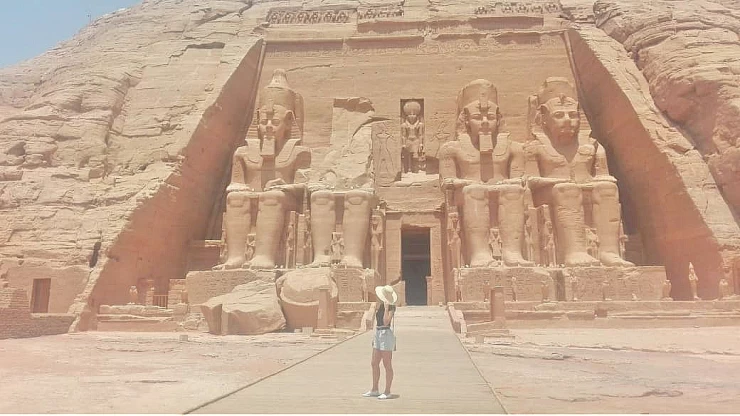
The Book of Caverns | Caverns of Re
The arrival of Re discovers and introduces the word physical reality of the spot, the area where the King begins his conversion. it's the spot as objectification of death, that nourishes, sustains, and governs the divine integration of star states. the fact of Sokar-Osiris, anticipating the vitalizing passage of Re and therefore the apotheosis of the solar-Osirian link, is AN expectant reality though immersed into the purpose of no return of death, anticipating the perpetual conversion with Re.
The Book of Caverns contrasts the rewards of goodness with Re’s penalization of his enemies. once the book opens, Re is raining into the DuAT, wherever he encounters varied gods and goddesses. all is fencelike in AN oval form.
Upon reaching the primary Cavern, Re shouts the key names of the guardian deities in order that they can let him pass while not hurt. Now, feeling robust and declarative himself, Re reaches the Second Cavern, wherever he punishes his enemies by hanging them from their feet or tearing their hearts from their bodies. Upon reaching the Third Cavern, Re greets AKER, a two-headed lion god, and Osiris, god of the dead, WHO seems with AN erect phallus, demonstrating that he's rejuvenated by the sunshine of the sun. The Fourth Cavern repeats the theme of goodness and lightweight because the sun god’s boat travels through.
Punishment is the theme of the Fifth Cavern. large cauldrons square measure full of beheaded corpses and body components. He admonishes, “Look, I destroy my enemies. keep in your caverns! Your fires will heat my cauldrons.” As he travels past the Fifth Cavern, Re meets “The Secret One,” a manifestation of NuT, the sky deity. She is enclosed by star disks and resurrected souls of the dead. Upon getting into the Sixth Cavern, the last of Re’s enemies square measure slaughtered. The scene changes and therefore the nice god prepares for his rebirth and therefore the morning time of the new day. At dawn, Re 1st seems as KHEPRI the scarabaeus BEETLE, rolling the sun disk toward the jap horizon. once the primary lightweight seems upon the horizon, the sun god is born-again and can create his daily journey across the sky.
















